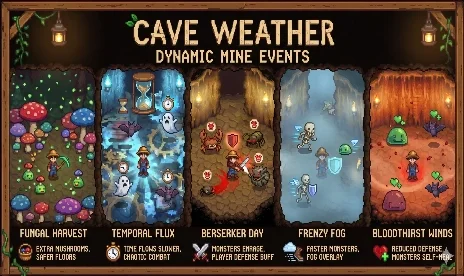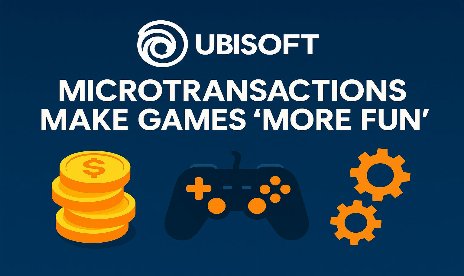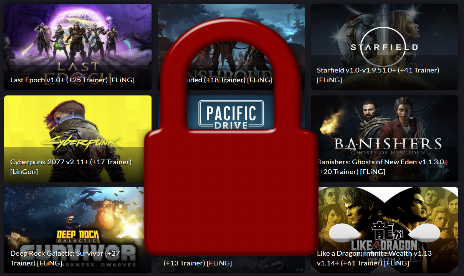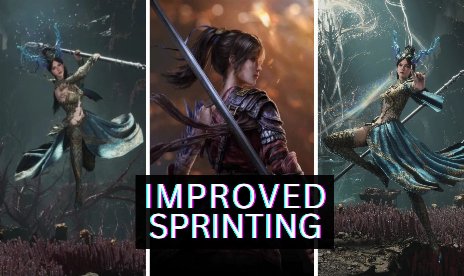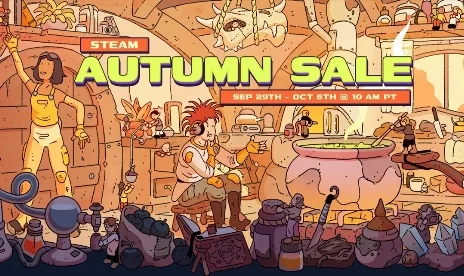Epic kündigt Unreal Engine 6 mit Ziel 2028 und tieferer Fortnite-Integration an

Epic Games CEO Tim Sweeney offered new details about Unreal Engine 6 during Unreal Fest Japan. He explained that Epic plans to deliver early preview builds within the next two and a half years. Full release targets point to 2028. According to TheGamer, Epic aims to extend the work done on UE5 and combine it with the fast creator tools used inside Fortnite. The plan focuses on a unified pipeline that supports both traditional development and worlds built by players.
This change does not replace UE5 in a single step. Instead, Epic intends to improve its engine in stages. Sweeney described a future where creators can move projects between the Fortnite ecosystem and standalone productions without heavy conversion work. The approach reflects Epic’s long term goal to close the gap between high end development and flexible user made content.
A New Toolchain Designed for Connected Worlds
Unreal Engine 6 pushes toward deeper links between studios, creators and players. Reporting from The Verge states that Epic wants to build a foundation for shared worlds that support many types of experiences. The upgrade focuses on stronger asset pipelines, better world building tools and more reliable cross platform support. These features aim to let creators work at different levels of complexity while staying inside one connected system.
The new engine also plans to support a wide range of content. High fidelity single player titles sit next to creator driven experiences. These experiences can move between games or appear inside Fortnite. This strategy expands Epic’s vision for a broader digital ecosystem. It also helps developers reach audiences that extend beyond a single platform.
Industry Expectations and Key Challenges
Studios welcome the early outline for UE6, but they also point to several risks. A short gap between engine generations can force teams to update pipelines faster than planned. Insights from 80.lv show interest in better parity between editor tools and runtime systems. Developers also express concern about heavy demands from networked features, large scale multiplayer and anti cheat support. These systems require stable tools and long term updates, especially for projects that run for many years.
The industry also expects high costs during transition periods. Tool vendors and middleware providers must adapt their software quickly. Publishers will need to adjust roadmaps to avoid delays. These shifts highlight the scale of Epic’s plan. A unified engine that supports many types of projects sounds appealing, but it also creates a wide set of technical and logistical pressures.
Why Unreal Engine 6 Matters for Developers and Players
Unreal Engine 6 represents more than a version update. It signals a shift in how games are produced and supported. For developers, UE6 promises smoother workflows, faster iteration and tools that allow teams of different sizes to share methods. It also creates new ways to publish content across both Fortnite and standalone titles. These changes could shape hiring, training and long term production choices.
For players, the benefits may appear in richer worlds, more frequent updates and content that can move between platforms. Fortnite could serve as a gateway for projects that expand into larger games. Traditional studios may also use UE6 to build bigger and more detailed environments. If Epic meets its timeline, Unreal Engine 6 could guide how major games evolve through the late 2020s.





![Marvel’s Spider-Man Remastered v3.618.0.0 (+8 Trainer) [Baracuda]](https://9588947a.delivery.rocketcdn.me/wp-content/uploads/2024/01/marvels-spider-man-remastered-1-464x276.jpg)

![Hearts of Iron IV v1.10.3-v1.17+ (+12 Trainer) [FLiNG]](https://9588947a.delivery.rocketcdn.me/wp-content/uploads/2025/08/Hearts-of-Iron-IV-01-464x276.webp)
